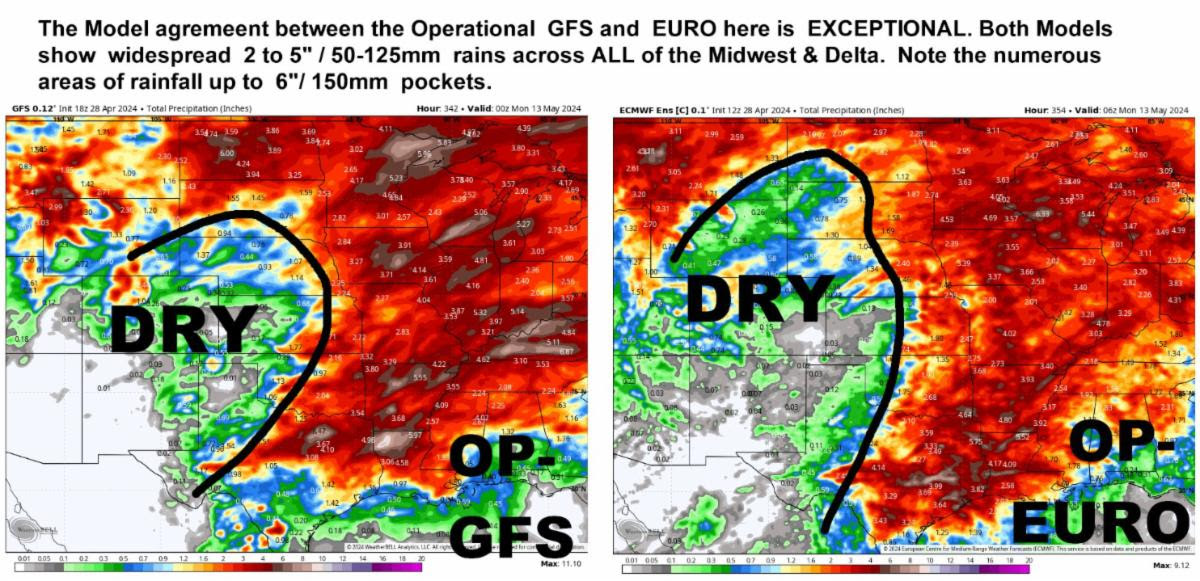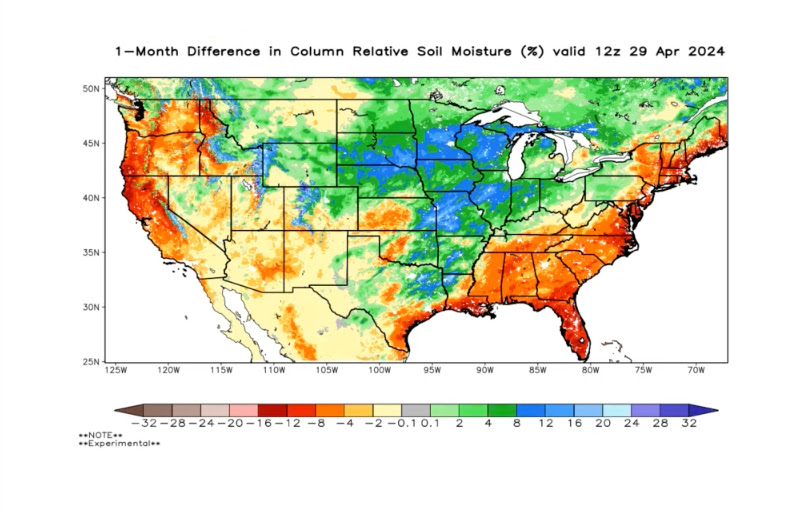A grain-drying conversation in late April? Nobody asked for that? Well, some of you were wondering, right? Let’s dip our toe into the water, and that’s all this is.
As we have said numerous times, we look at the prospects for grain drying demand for propane as a bit of a recipe. You can’t get a cake from just a couple of ingredients, but you also can’t make a good-tasting cake without the individual ingredients. Much is the same for grain drying; a few favorable ingredients do not guarantee a grain drying season in and of themselves, but you can’t get a grain drying season without some of them.
The first and very important ingredient in the grain drying calculus is the timing of when the corn goes into the ground…the later the planting timeframe, the higher the likelihood that the corn could need some drying. It’s not a guarantee, it just gives you a better chance, independent of several other variables that take place over the course of the summer months.
Check out this note I saw on Twitter this weekend, and it’s looking at rainfall anomalies going out into mid-May:

This next image shows the differences in soil moisture over the past month. Some of the areas in the blue shading have received much-needed rain.

When you plant corn in the back half of May, it could potentially require some drying, depending on what happens during the summer when the plant is tasseling and growing. The later the plant, the later its maturity, which can extend the harvest time frame and also put the plant at risk of early freezes, which can lock in moisture in the plant.
HOWEVER….ALL of the caveats need to be applied here. Will the summer be hotter and dryer than usual? If so, the late plant won’t matter as much. Will nighttime low temps be elevated? This can also mess with the calculus. Do we get a dry and warm September, which has been the case for most of the past decade? That can also reduce the demand for drying.
This post isn’t a prediction…but more of a notice to be aware. Agronomy science is so advanced compared to the ‘old days,’ where seeds are engineered for shorter growing cycles and not needing near the gas to dry things out as the way things used to be….but we can still see elevated drying needs. There were pockets of the Midwest, even last year, that had some solid drying demand. It just wasn’t widespread. The last widespread drying demand year was in November of 2019, and that one put some strain on Midwest supply points.
To summarize, if the corn is planted on time, grain drying is less likely. Planting corn in the back half of May increases the chances, but other factors will have a say in June, July, and August.
